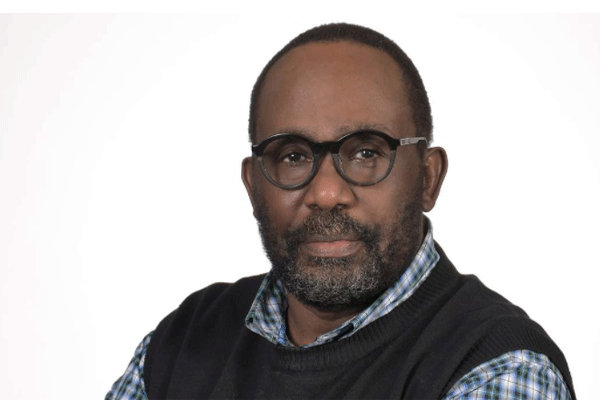From zero to stars. How the Kips became Uganda’s premium men

Author, Charles Onyango Obbo. PHOTO/FILE
Last Friday, July 30, something Uganda had never witnessed happened. Joshua Cheptegei and Jacob Kiplimo won silver and bronze medals, respectively, at the Tokyo Olympics, the first time Uganda won two medals in the same event of the Games. It was also the first time Uganda won two Olympic medals on the same day.
Now that Winnie Nanyondo has qualified for the 1500 metres semi-final heats, the possibility of a first Olympic gold by a Ugandan female athlete is drawing ever closer.
John Akii-Bua brought Uganda its first Olympic gold at the Munich Games in 1972, winning the 400 metres hurdles in dramatic fashion. Akii-Bua did something else; he invented the celebration lap with a flag. Full of energy and hysterically delighted, as he ran to celebrate, someone threw him the Ugandan flag and he jogged around the stadium with it. Thus was born the celebration lap with flag.
Uganda went into a long dry spell until Stephen Kiprotich broke it 40 years later, bringing home the gold from the 2012 London Olympics. The dams burst open and lifted by the Kip tides, a flurry of new champions, including Cheptegei and Kiplimo, have emerged.
Champion runners and sportspeople just don’t fall from the skies, or from unspoilt villages and tough slums. They emerge from wider political, social, and cultural processes. A long period of stability, interrupted only briefly by episodic madness and violence during elections, and one of the longest runs in Africa of a relatively open economy, drew the seemingly endless pool of Kenyan long-distance running talent to surface and put it on the world market. Money and the free market, therefore, were the biggest catalysts.
In Ethiopia, the fall of the brutal Mengistu Haile Mariam dictatorship in 1991, and the rise to power of Meles Zenawi did the same magic to the country’s athletic talent. Economic reforms, and the fact that athletes could earn foreign exchange in fees and keep it for themselves, and not have to hand it over to the government, motivated dozens of sportspeople to bring their legs to the competitive tracks. The richest people in Ethiopia today are athletes like the great Haile Gebrselassie, and Kenenisa Bekele.
It does not matter if you can run faster than Usain Bolt if you are doing it in the banana plantations of Bushenyi and no one knows about it. And it amounts to nothing if a girl in Koboko can outclass Genzebe Dibaba, but conservative tradition thinks it’s abominable for her to show her thighs in running shorts. It means she won’t get to the Olympics.
The relative stability of, especially, the last 20 years in Uganda, has allowed athletic talent to emerge, enabled additionally by the advantage that they live outside the spectrum that is not affected by violent state repression of the opposition. In times of war, you are running to hide in the bush, and insecurity means you can be shot in the back when practising for the Olympics at dawn. Additionally, a liberal exchange market enables Kiprotich, Cheptegei, and Kiplimo to open foreign dollar accounts in a bank of their choosing and spend it as they wish.
Even just 15 years ago, a responsible Ugandan mother would have discouraged her daughter from marrying someone like Cheptegei. In the late 1990s, I remember a depressing story that we published in the Monitor. Some African games were to be held in Zambia or Zimbabwe. A chap who had established some wonderful running time in the hills of Kabale was called up to be part of the Ugandan contingent. He arrived in Kampala carrying his belongings in a kaveera and wearing sapatu (plastic slippers). Today, that is unlikely to happen. Fellows like Cheptegei are premium husband material.
If the vehicles for sporting success are political stability and a working economy, and money is the incentive, what are the social drivers? For decades, a lot of Uganda’s most internationally successful sportspeople (especially in boxing and football) came from the urban underclass, in the poorer parts of Kampala and other towns.
Fellows like Kiprotich and Kiplimo these days tend to be children of the upcountry petty bourgeoisie, rich peasants, or the urban mid-level working class. They are the products of a social change that has simultaneously opened up the country and social space but also brought with it new barriers born of inequality. So, just like their predecessors from Kampala’s poorer areas, they are working their way from the margins to the centre.
While they can make fortunes, most of it is still not from Uganda. No one in Uganda is going to pay Kiprotich $25,000 (Sh89 million) for a day’s run, but the international sporting economy will. Ultimately, we have globalisation to thank for our Olympic medals.
Mr Onyango-Obbo is a journalist, writer and curator of the “Wall of Great Africans”.
Twitter: @cobbo3





